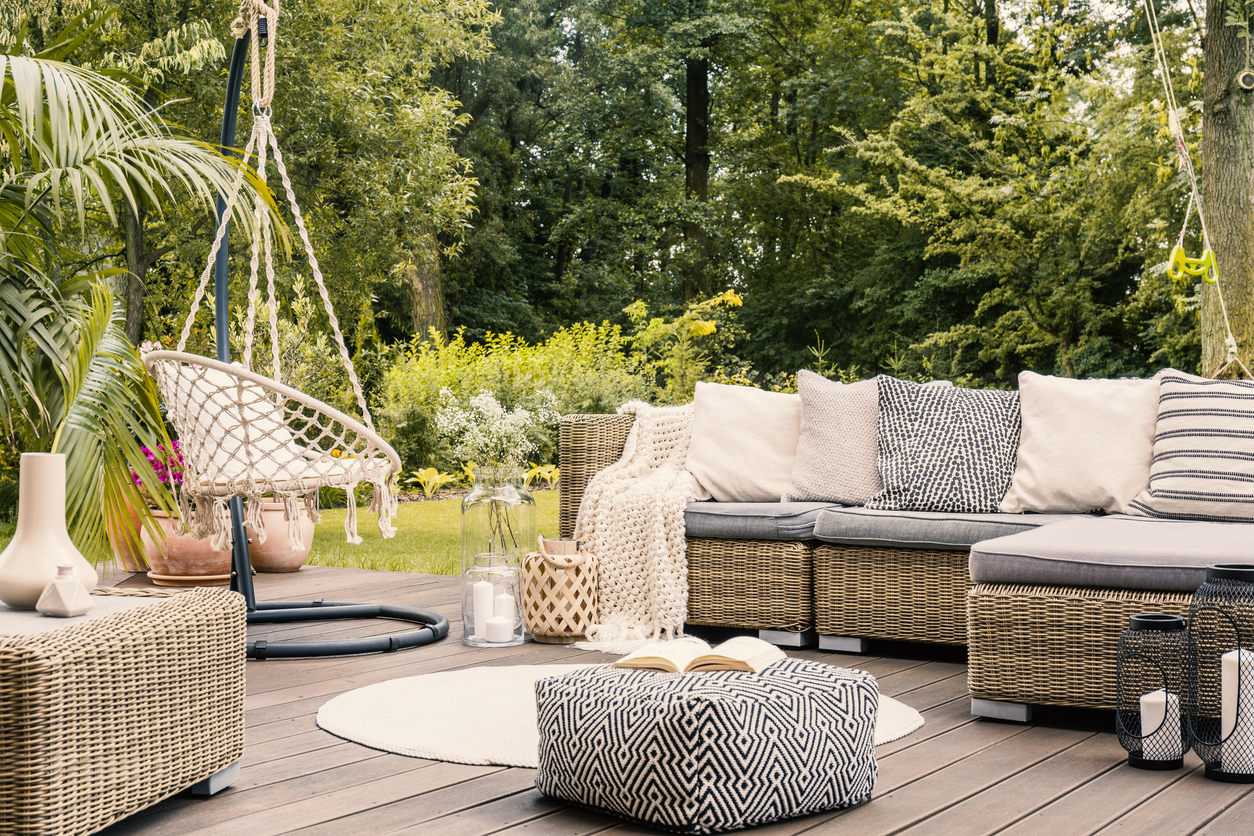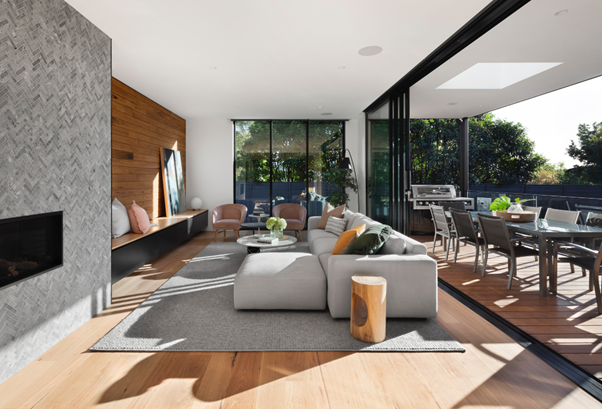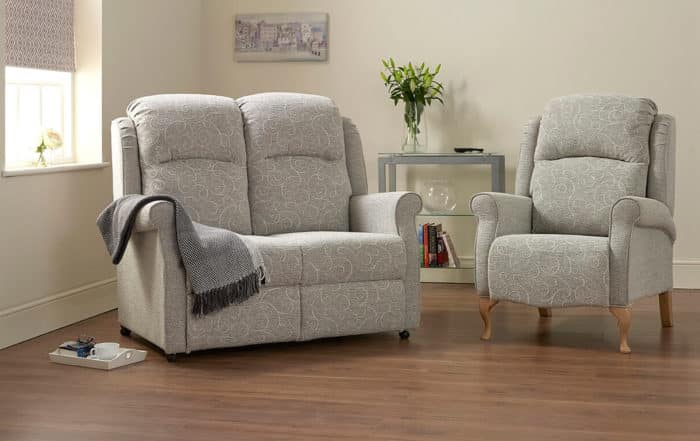7 Tips to Design a Senior-Friendly Bedroom
Social Links
If you’re approaching your golden years, you may be considering changes to your living areas to better accommodate your future needs. Or, if you have an elderly relative or partner, it may fall to you to make these changes on their behalf. This may be anything from future-proofing your current space to moving into an entirely new home or facility.
Either way, this can be an emotional and life-changing time, and there’s no doubt that the decision hasn’t been taken lightly. Since it can be daunting to know where to start, we’ve put together this guide to bedroom design for the elderly to help you create a safe and comfortable space that strikes a balance between safety and familiarity.
1. Choosing the right floor
The bedroom floor is going to get a lot of traffic, so it’s important to choose an appropriate material. Plush carpets are the most comfortable to walk on and provide the softest landing if the user has poor balance and is prone to falls.
On the other hand, a slip resistant floor such as cork, rubber, linoleum or hardwood may be more appropriate. These are also easier for pushing a walker or wheelchair over. Either way, avoid rugs which are easy to trip on.
2. Choosing the right bed
The best bed height for seniors is one that allows them to sit down with their knees at a right angle and their feet touching the floor. This is usually slightly higher than average (between 20 to 23 inches) in order to make it easier to get in and out of. You could also consider a padded headrest for sitting up with a book or cup of tea.
If your loved one has limited mobility, or may have in the future, consider investing in an electric bed, which can help alleviate and prevent several health conditions and can even be made with dual motors so couples can adjust their own side without disturbing their partner. For those at high risk of pressure sores, a homecare bed may be more appropriate.
3. Consider a personalised chair
A customised chair can add a lovely personal touch to a bedroom, especially if there’s a big window with a view or lots of natural light. Letting your loved one choose their style, colour and accessories will help them to feel part of the process and involved in the decisions for their new room.
Adjustable chairs are also a good idea for people who spend a lot of time sitting, as adjustable positioning and pressure relief cushions reduce the risk of sores developing. If space is an issue, consider a wall hugging chair, which doesn’t need as much clearance space.
4. Lighting a senior-friendly bedroom
Lighting is an essential consideration, as it will make daily activities easier and safer. Ensure that light switches are within reach, close to the door and provide a light source that can be switched on and off from the bed.
Another good senior bedroom idea is to consider adding a motion sensor light for when older people get up in the night – just make sure to place it where natural tossing and turning won’t activate it.
5. Senior-friendly accessories
Make use of technology and opt for remote control-operated items when sensible, such as fans, air conditioning units and televisions, that can be adjusted from the bed. Curtains or shutters can also be battery operated, but if this is not an option, try and find one with a crank handle rather than a string or pulley.
If your loved one is moving in with you, you could try adding a ‘call for help’ button by purchasing a wireless doorbell from a hardware store. Install the button in an easy to reach place, such as in the drawer of a bedside table, and place the bell somewhere where you’ll easily hear it.
6. Storage
Built-in wardrobes are ideal for keeping everything out of the way. Consider interior drawers for easy access to items at the back, pull-down clothing rods or even built-in lighting. Large or lever-style handles are better than round twist styles which are harder to grip.
If this isn’t an option, cupboards with doors rather than shelves will keep things tidy. Familiar items and possessions help make a new space feel like home, but don’t place breakables near everyday items where they may get knocked. Instead, install a high shelf to display trinkets and heirlooms and hang pictures and mirrors on the walls.
7. Bedroom safety for seniors
Keep furniture to a minimum and try to choose pieces with soft edges rather than sharp corners. A bedside table is essential for keeping regular-use items within easy reach and should be high enough to help with getting on and off the bed.
Arrange furniture items so that there is enough space to walk or for a wheelchair to fit between them, but close enough so they can be used to balance when walking from one piece to another. Avoid anything made of glass, or long covers which may hide legs and loose items from view.
The Bottom Line
Bedroom design for the elderly doesn’t have to be complicated, but it can be an emotional time for everyone involved. While safety and comfort should be your top priorities, avoid changing too much too quickly as this can be distressing for an older person.
If you can, involve your loved ones in the decision-making process so they feel some ownership of their new surroundings. Keeping familiar features such as paintings, linen or a favourite mug can help older people settle in and ensure it won’t be long before their new bedroom feels like home.
*This website contains general medical information. The medical information is not advice and should not be treated as such. Read our full Medical Disclaimer here.



